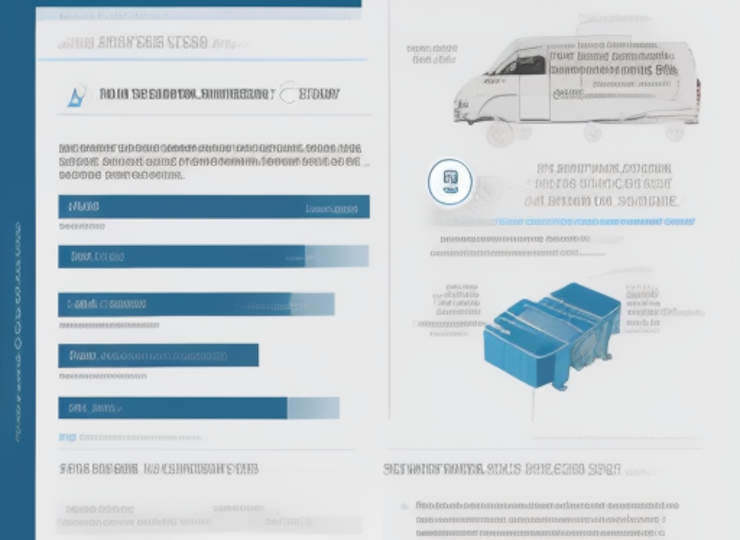文字のサイズ
- 小
- 中
- 大
xEV battery strategies of the world’s major complete vehicle manufacturers
The recent global BEV slowdown, except in China, has led to a situation where battery market prices (costs) are falling.

In 2022, the battery pack cost was USD 161 per kWh, falling to USD 139 per kWh in 2023; in 2024, it is likely to fall below USD 130 per kWh. However, these battery cost fluctuations are seen as only a temporary factor due to the reduced demand for BEVs, and are likely to rise again as BEV demand increases.
Looking at the battery sector from a materials perspective, it is honestly quite difficult to reduce costs in the entire ecosystem from materials procurement to cell manufacturing and installation in finished vehicles, and this, combined with economic and political restrictions such as the recent IRA in the US and CBAM in Europe, and security issues such as the Russian-Ukrainian war and the Israeli-Palestinian conflict, has made it difficult to reduce costs. The battery supply chain itself continues to be unstable due to economic and political restrictions such as the recent IRA in the USA and CBAM in Europe, combined with security issues such as the Russian-Ukrainian war and the Israeli-Palestinian conflict.
As a result, we see the situation as such that fundamental cost reductions in battery costs themselves have been held at a certain level, and that the market price is now only determined by cost negotiations between battery manufacturers and automotive OEMs. In other words, the current situation is a temporary situation where battery costs are simply falling in response to the slowdown in the BEV market, but it would not be an exaggeration to say that battery costs will rise if the BEV market eventually swings back towards expansion.
However, if the BEV market eventually turns towards expansion again, it would not be an exaggeration to say that battery costs will rise. However, the cost of batteries for HEVs and PHEVs has not changed that much and remains at a high level, but the installed capacity (area per vehicle) is smaller than that of BEVs, which may be seen as an illusion of cost reduction.
The entry of BEVs into the mainstream is still far from certain, but some of the developments regarding the battery itself, which is the basic premise for this, are even more difficult to read, and the main developments surrounding the battery should be watched closely and sensitively. This may seem like a conspiracy theory, but we believe that depending on the battery, the global BEV penetration scenario may be less advanced than expected.
It will examine and analyse the business development and competitive landscape of major car manufacturers and component suppliers for global electric vehicle (xEV) batteries. We will conduct a survey of internal and external literature on the relevant industry, including batteries, and direct interviews with industry players to obtain basic information on the challenges and future direction of the industry, which is essential for the formulation of electrification business strategies for automobile manufacturers, automotive parts and materials manufacturers, as well as for demand forecasts and decision-making materials. Obtain industry information.






